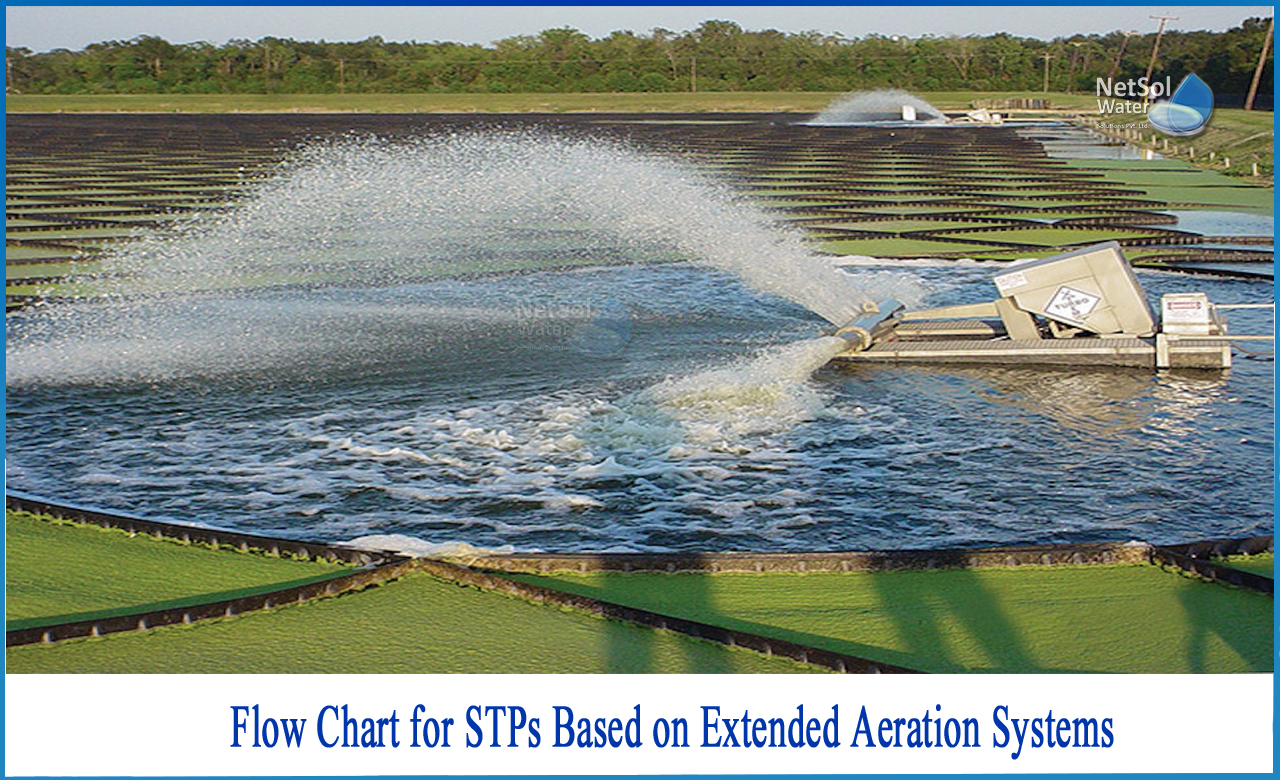Every citizen has the right to clean and safe drinking water!
Unfortunately, the natural resources that aid in the survival of life on Earth has been tainted. According to NSO, two-thirds of Indian houses drink untreated and hazardous water. Only 8% of households boil water before consuming it, which is an ineffective method of eliminating pollutants. Every country must attain this target by 2030, according to the Sustainable Development Goals (SDGs). The Bureau of Indian Standards has developed a special standard for safe drinking water in light of this.
Drinking water quality standards have been set by BIS
BIS (IS 10500 and amended module IS 10500:2012) provides Uniform Drinking Water Quality Monitoring Protocol requirements, according to the “Central Ground Water Board”.
In the absence of an alternate source, there are two limits to this standard: acceptable limits and permissible limits. If any metric exceeds the limit, water is considered unfit for human consumption.
What is a Drinking Water Treatment Plant?
Drinking water treatment plants are used to eliminate particles and organisms that cause diseases, safeguard the public's health, and provide clean, drinkable water to the environment, people, and living things.
They also supply safe, reliable drinking water to the communities they serve, as well as drinking water that is pleasing to the senses: taste, sight, and smell.
Water treatment, as a term, traditionally referred to the act or process of purifying, clarifying, softening, or deodorizing water in order to make it more potable or useful.
The treatment steps include:
![]() Collection
Collection
![]() Screening
Screening
![]() Primary Treatment
Primary Treatment
![]() Secondary Treatment
Secondary Treatment
Tertiary Treatment
1: Collection -A local river, lake, or reservoir is usually the source of water for a drinking water treatment plant. There has to be a way to transport this water to the treatment plant. Groundwater and surface water are frequently combined to increase the finished product's quality.
2: Screening -Some of the larger things, such as a tree branch lodged in a water pump impeller, can obstruct the treatment process. In traditional water treatment, the first step is to screen or strain away the bigger particles. This is frequently performed by placing a big metal screen, commonly referred to as a barscreen, in front of the water source input. As the water goes through the screen, large objects become caught. These screens must be scraped or cleaned on a regular basis.
3: Primary Treatment -The majority of solids are removed at the initial phase of treatment using screens and settling tanks. Solids account for around 35 percent of the contaminants that must be eliminated, thus this stage is critical.
After screening, the water is pumped into settling tanks (also known as clarifiers), where it remains for several hours, allowing the sludge to settle and a scum to form on the surface. After the scum is skimmed off the top and the sludge is scraped from the bottom, the partially treated wastewater is sent to the secondary treatment level.Up to 50% of the Biological Oxygen Demand (BOD; these are substances that consume up oxygen in the water), around 90% of suspended particles, and up to 55% of faecal coliforms are removed by the primary treatment. While primary treatment eliminates a large number of dangerous compounds from wastewater, it is insufficient to ensure the removal of all harmful pollutants.
4: Secondary Treatment- Bacteria are used in secondary wastewater treatment to digest the leftover contaminants. This is performed by mixing the wastewater with bacteria and oxygen in a vigorous manner. The oxygen aids the microorganisms in digesting contaminants more quickly. The water is then pumped to settling tanks, where the sludge settles and the water becomes 90 to 95% pollutant-free. About 85 to 90% of BOD and suspended solids are eliminated, as well as 90 to 99% of coliform bacteria.
5: Tertiary Treatment-Colour, metals, organic compounds, and nutrients like phosphorus and nitrogen are all removed during tertiary (or advanced) treatment. For tertiary treatment, a variety of physical, chemical, and biological treatment techniques are applied.
Netsol Water is Greater Noida-based leading water & wastewater treatment plant manufacturer. We are industry's most demanding company based on client review and work quality. We are known as best commercial RO plant manufacturers, industrial RO plant manufacturer, sewage treatment plant manufacturer, Water Softener Plant Manufacturers and effluent treatment plant manufacturers. Apart from this 24x7 customer support is our USP. Call on +91-9650608473, or write us at enquiry@netsolwater.com for any support, inquiry or product-purchase related query.



